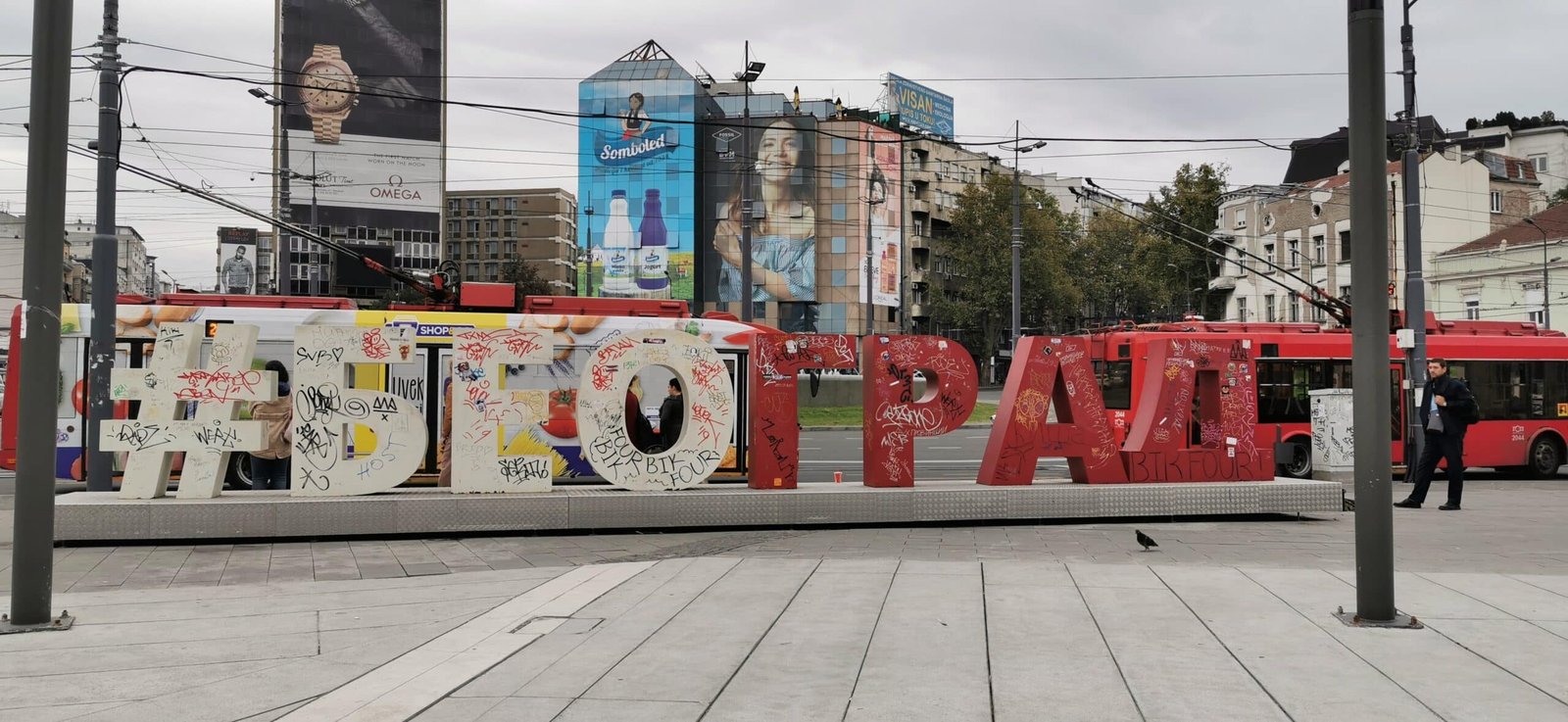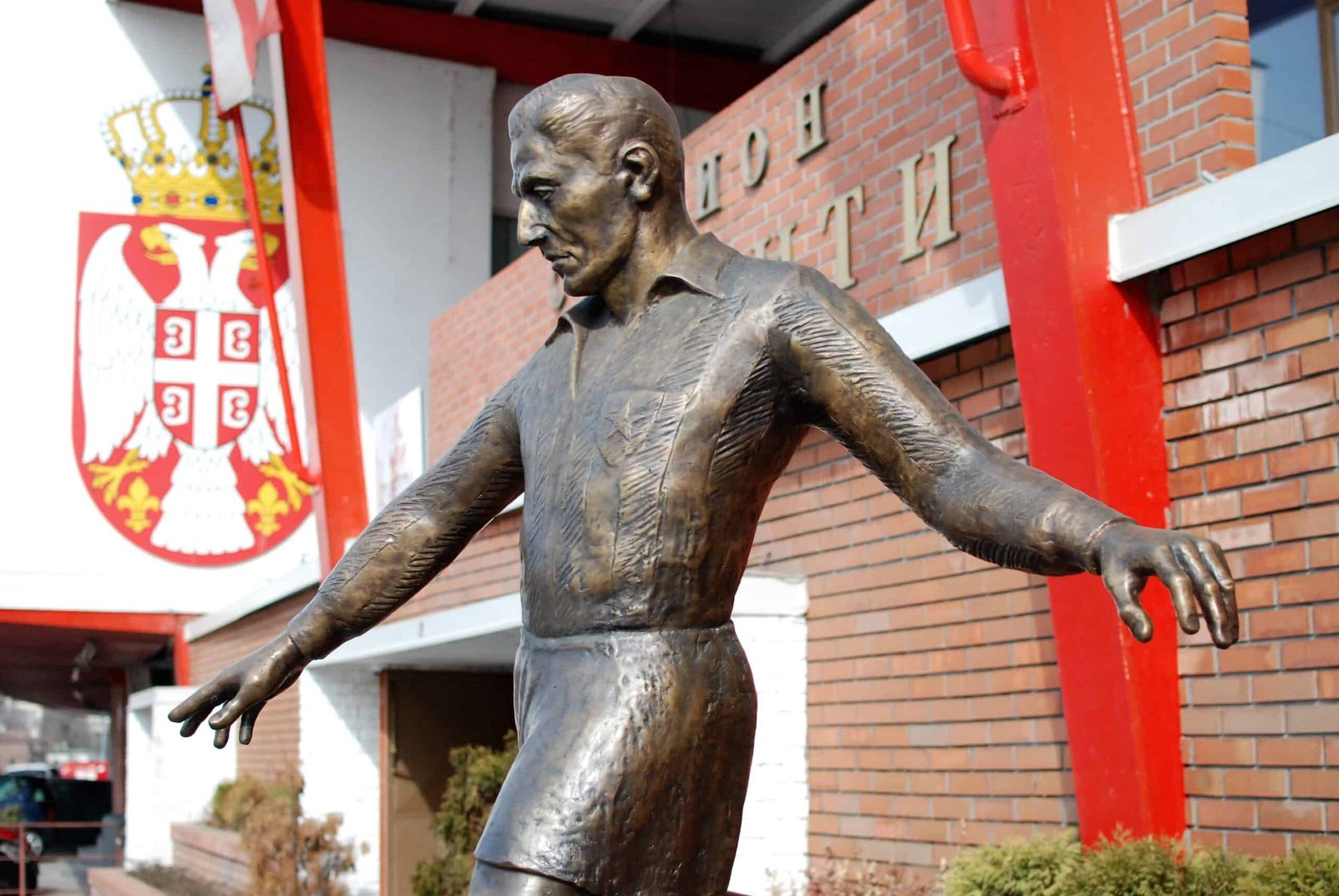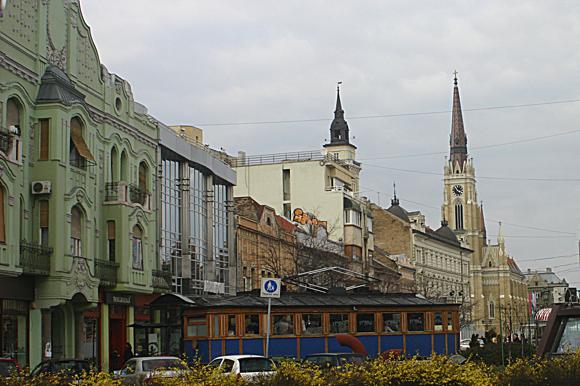Teams, tales and tips – a guide to the local game
Many fans come to Belgrade with a justifiable sense of trepidation. If it’s a game against one of the twin giants, Red Star or Partizan, winners of every domestic title this century and most of those before, strict security measures will be in place.
A game involving Serbia, such as England’s in September 2025, will also be played at either club, the bitter rivals only a few hundred metres from each other, along Bulevar Oslobodjenja.
And if a visiting neutral is in town for the Vechiti Derby between them, one of the five fiercest in the world game, then this southern area of the city will feel in lockdown mode. Much will depend upon the political climate of the time – and, this being Serbia, it will invariably be turbulent.
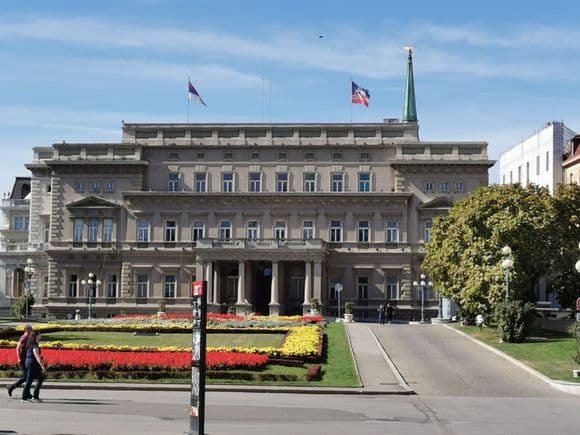
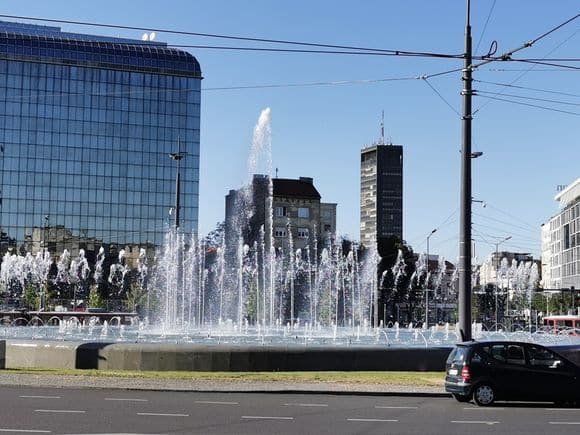
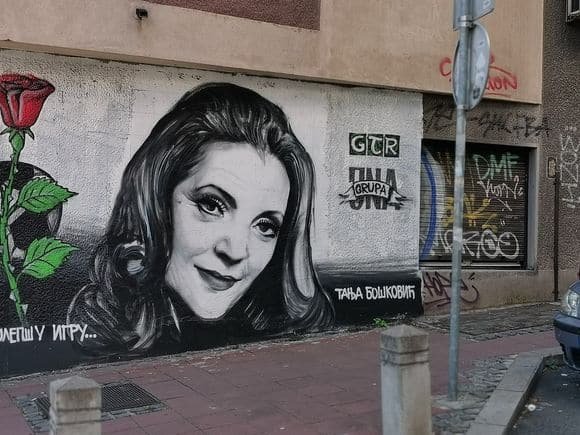
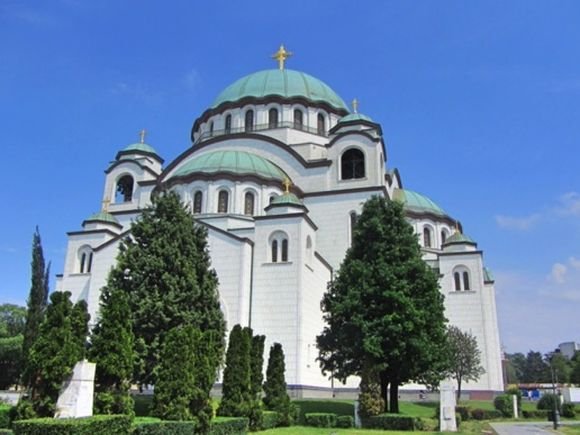
But Belgrade city centre, a big, buzzy metropolis dotted with remnants of the Serbian and Yugoslav capital of times past, feels a world away from the edgy intersection where Red Star and Partizan fans daub their loyalty and hatred. Terrace cafés, stately buildings and fashionable locals create an appealing impression for the first-time visitor.
Though politics is never far from the surface – it isn’t that long ago that the West was bombing this very city – English-speaking locals (ie everyone) might discuss football, music and much else besides with great insight.
Both Red Star and Partizan were founded at the end of World War II. Rooted in this chaotic era, one historically tied to Anti-Fascist Youth League, the other to Tito’s army. The Communist-era Belgrade depicted in the 2011 documentary film United about the Munich Air Disaster of 1958, feels bleak indeed – one of Matt Busby’s men, later to board his team’s fateful flight back home after a European Cup game with Red Star, is caught trying to smuggle Heinz baked beans into Tito’s Yugoslavia.
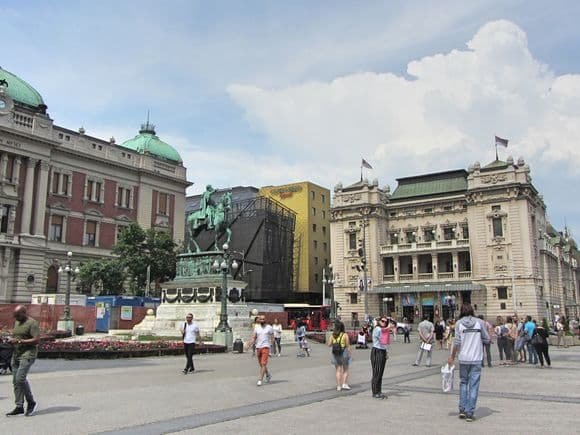
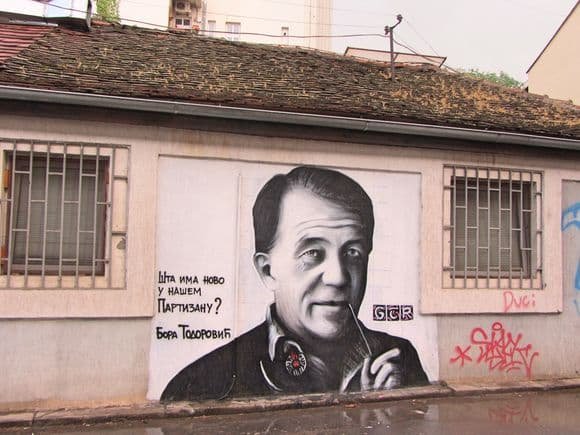
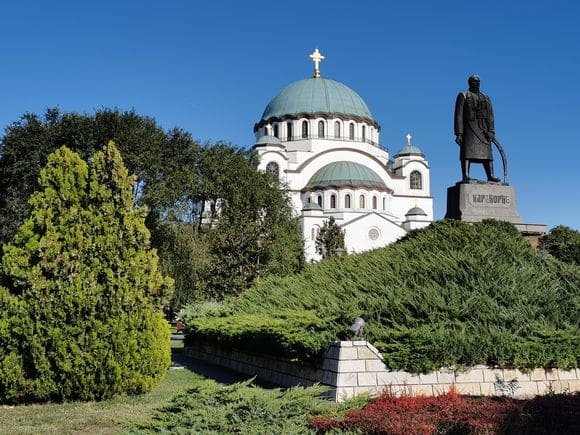
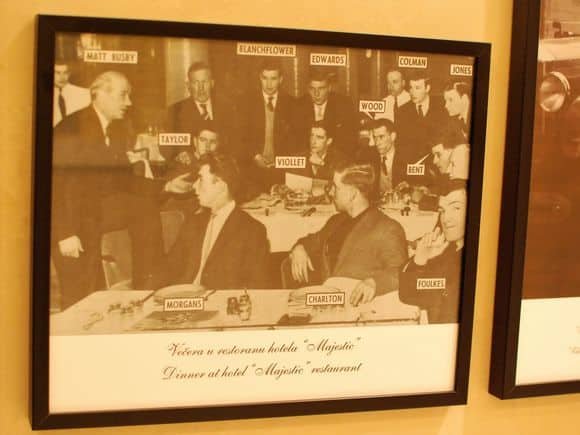
As well as signed items at the Red Star Museum at the Rajko Mitić Stadium, a photograph of the United players dining at the Hotel Majestic forms part of a long-established memorial there at Obilićev venac 28 – although the team actually stayed at the then newly built Metropol Palace, also still operating at Bulevar kralja Aleksandra 69. In 2023, this historical anomaly was addressed and a plaque unveiled in the lobby by the Manchester Munich Memorial Foundation.
As capital of tourist-friendly Yugoslavia two decades on, Belgrade was the only Eastern European city to have staged a European Cup final, in 1973, and a European Championship final, in 1976.
Both Belgrade giants made the final of Europe’s original premier trophy, Red Star famously winning it in 1991. An outstanding side created from players across Yugoslavia soon dispersed as war broke out, the country disintegrated and Serbia descended into chaos. As capital of a now separate nation, shunned by the West, Belgrade stood outside of the international football family for five years.
At home, from 1945 to 1992, and in the weaker, stand-alone league from 1992 to the present day, Red Star and Partizan have dominated. During the Yugoslav era, only one other club from Serbia managed to win the league. Post-Yugoslavia, the one exception came in 1998, when little Obilić, backed by former Red Star fan leader and paramilitary commander Arkan, won the title by intimidation.
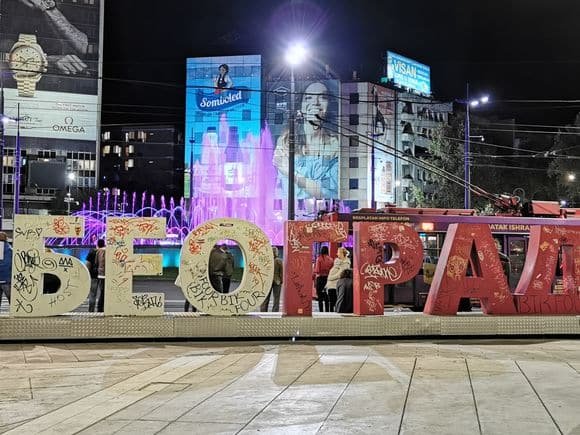
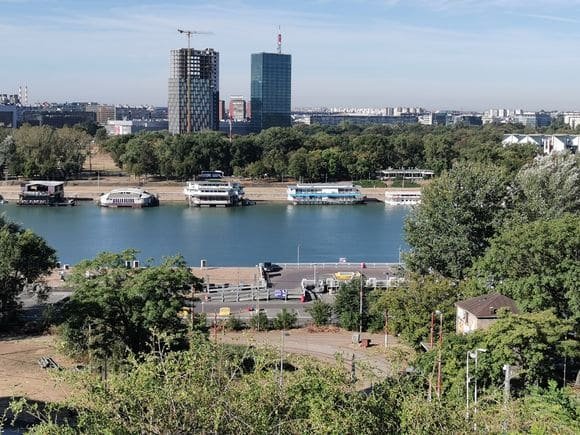
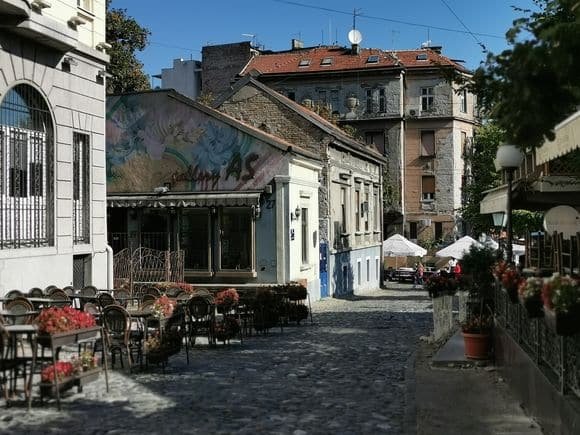
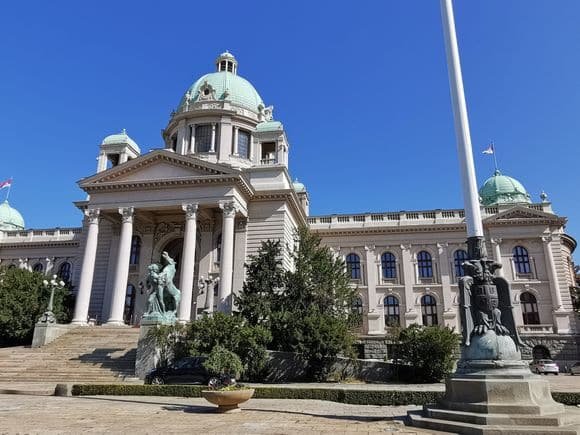
After Arkan was assassinated in broad daylight at the Belgrade InterContinental in January 2000 – the whole Obilić first team went to the funeral – the club slipped out of the limelight and the men’s team folded around 2015.
Now only fielding a women’s XI at their ground on Gospodara Vučiča in the district of Vračar, Obilić have a history dating back to the beginnings of a national championship after World War I.
Football was first organised in Belgrade under the Sokol movement of the 1890s. Similar to its Slavic counterparts across the region, this was a society for sport and debate among the young.
The SK Soko football club was formed in 1903 and played in leafy Topčider, south of the city centre. Soon afterwards, their left-winger, footballing pioneer Danilio Stojanović, formed their first rivals, FK Šumadija.
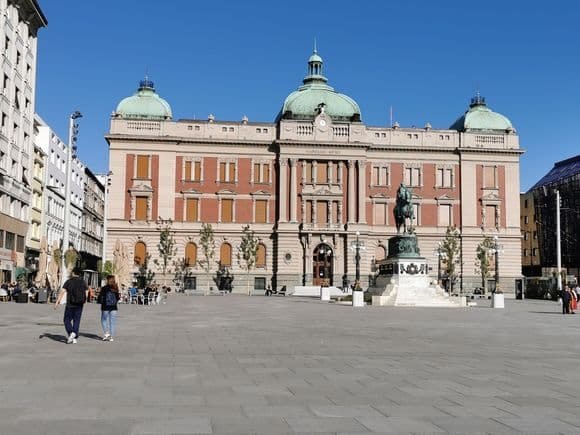
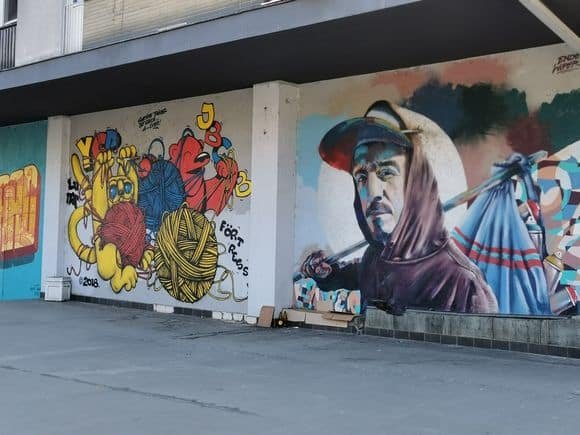
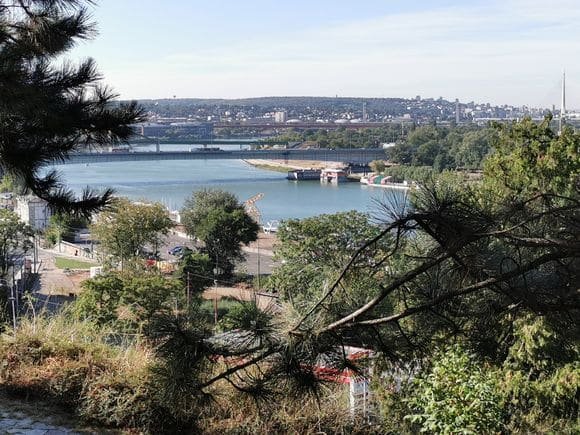
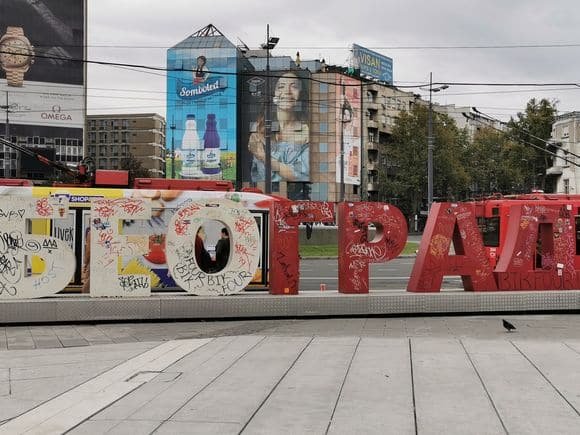
Stojanović, the father of Serbian football, was also behind SK Dušanovac, today’s FK Voždovac, recently top-flight and based at their unique ground atop a shopping centre on Zaplanjska. In addition, Stojanović helped found the Beogradski Sport Klub (BSK), in 1911. In 1913, along with other dissident BSK members, he founded SK Velika (‘Great’) Srbija.
After World War I, given the union with Croatia and Slovenia, Velika Srbija became SK Jugoslavija, coached by Stojanović, and forerunners of Red Star.
BSK were their bitter rivals, finishing just ahead of Jugoslavija in the first two Serbian Football Championships after World War I, dominating the subsequent pan-Yugoslav league from 1923 and providing most of the Yugoslav squad at the inaugural World Cup of 1930.
By 1950, these squad players came from Red Star and Partizan, plus Dinamo Zagreb and Hajduk Split, the four clubs who would monopolise the post-war league.
Partizan occupied BSK’s ground, and rebuilt their stadium there. BSK evolved into OFK, Romantičari, ‘The Romantics’, Belgrade’s de facto third club until the arrival of Obilić.
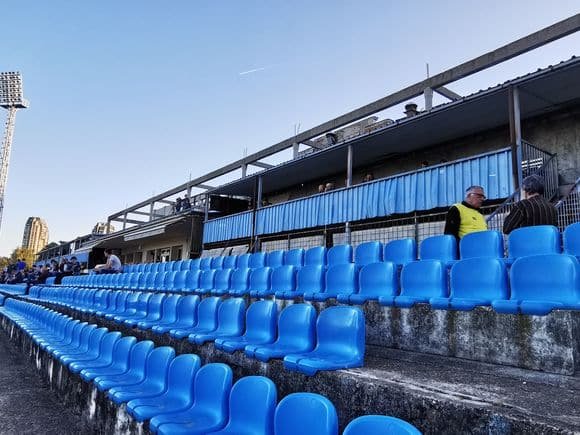
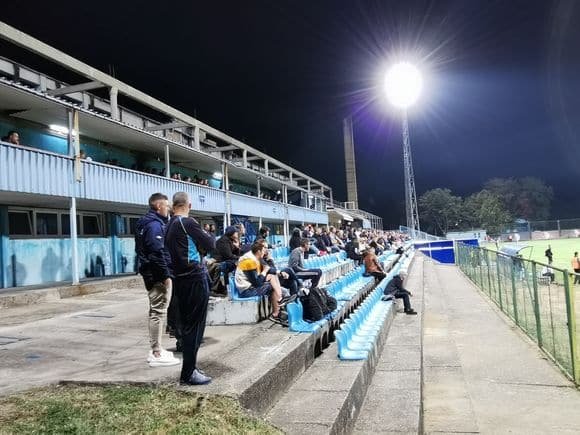
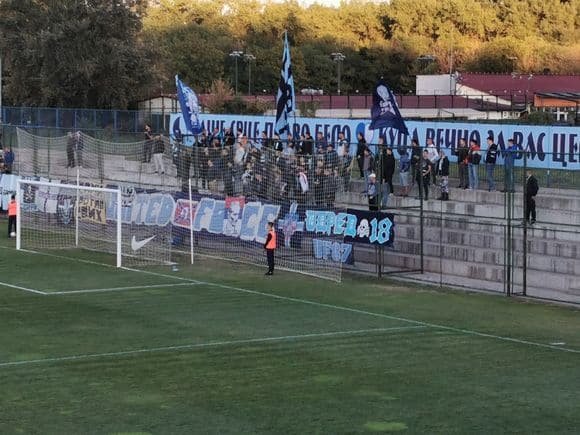
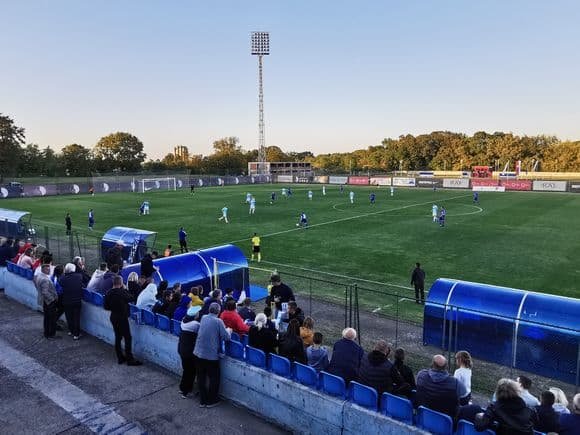
With domestic domination, the opening of Red Star’s huge ‘Marakana’ Stadium in 1963 and modern fan culture, derbies between the big two became more fervent affairs. By the 1980s, clashes were characterised by colourful, Italian-style displays, combined with a hooligan element copied from England.
Some of Red Star’s fans, the Delije, followed their leader Arkan for paramilitary operations in Croatia and Bosnia. In 2000, after Arkan was gunned down at the Belgrade InterContinental hotel, many fans of both clubs turned against Milošević and his régime.
A week later there was little solidarity to offer on derby day – only a mass fight from the terraces to the pitch.
In football terms, what remains is a weak domestic league whose young stars head abroad. Red Star-Partizan is the only game in town, an often violent clash with a heavy police presence.
Nearly half the current SuperLiga is comprised of teams from Belgrade. Along with a revived OFK, Čukarički, privately owned since 2012, have been regulars in Europe since 2014. In the SuperLiga until 2023, FK Rad not only suffered two straight relegations but conceded an improbable 170 goals in 2024-25. To see if they can improve their lot, watch the Builders play at the King Petar I Stadium in Banjica, about 1.5km due south of Red Star.
Getting Around
Arriving in town and local transport

Belgrade’s Nikola Tesla Airport is 18km (12 miles) west of town.
Minibus A1 (every 20mins, 30min journey time, RSD400/€3.40) runs to the main train station and downtown Trg Slavije. Regular City bus 72 (every 24mins, 35min journey) to Zeleni Venac, by focal Terazije, is free, like all other public transport in Belgrade, trams, buses and trolleybuses. Bus 600 (every 30mins) connects with Beograd Centar main train station.
A taxi should be booked from the airport information desk, a ticket issued and approximate price given – it should be about RSD3,500/€30 into town. To call one, try Beo Taxi (+381 11 197 00).
Due to the controversial redevelopment of the waterfront, Belgrade’s stately main station closed in 2018. Limited international and inter-city services come into feature-less Beograd Centar, aka Prokop, in no-man’s-land in Savski Venac.
Most international visitors travelling overland come by bus, arriving into the station by Novi Beograd train terminus, a short tram hop over the Sava from the city centre.
Where to Drink
The best pubs and bars for football fans
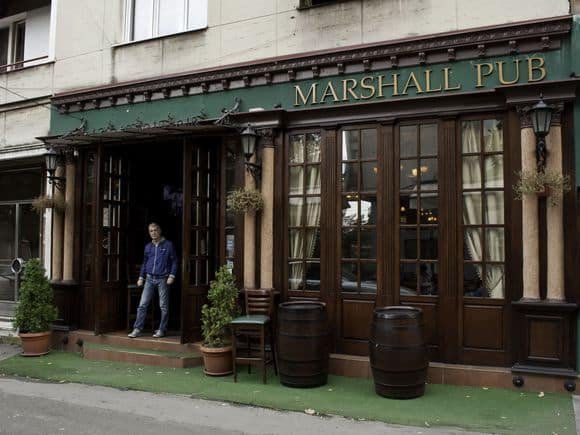
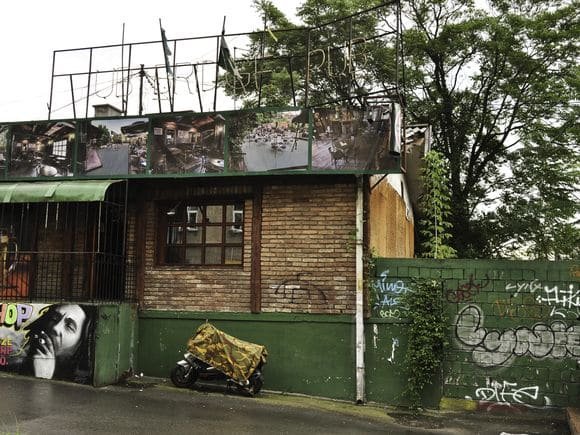
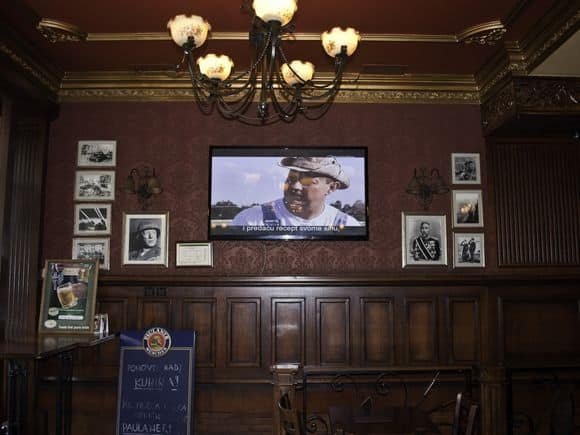
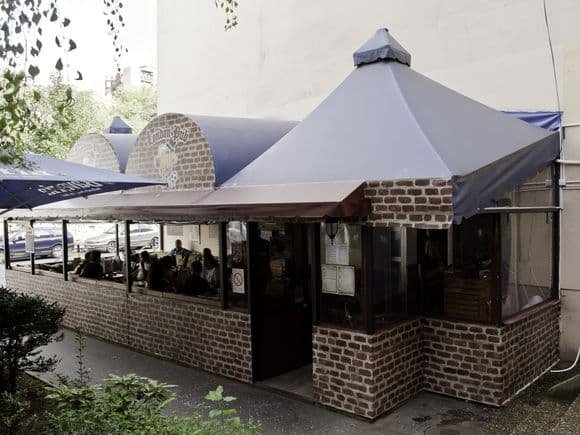
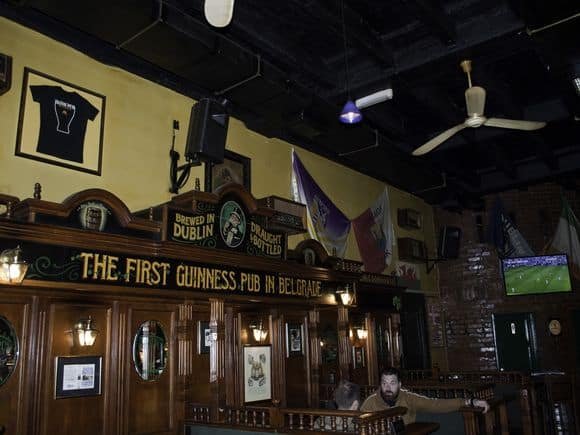
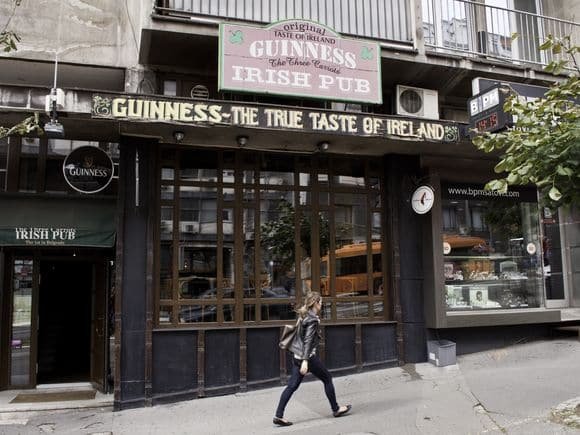
Belgrade is party city, although the days of floating clubs on the river have been brought to an end by the new waterfront development. The downtown area is dotted with bars, many with terraces. The local beer is Jelen.
The long-established expat pub is the Three Carrots at Kneza Miloša 16, ticking all the boxes with TV football, live music, pub grub and Guinness. With a lived-in feel, the Marshall Pub (Ćirila I Metodija 2) serves plentiful beers, decent food and screens sport.
In similar vein, the Old London Pub on Gavrila Principa goes big on football coverage and live music, its drinks selection numbering 70 beers.
The excellent Bridge Pub (Jug Bogdanova 5) displays badges of top European clubs on its ceiling. Don’t be put off by the somewhat ramshackle exterior – inside is homely, with a big screen, complemented by a terrace, with loungers, in summer.
Just off Republic Square, along from the Hotel Majestic of Manchester United fame at Obilićev venac 29, the lively Liga Pub Centar is a must – a contemporary sports pub focused on screen action, Serbian craft beer (Salto, Hog Mjölnir, house Liga) and popular European brands on draught (Peroni, Paulaner, Laško). Open until midnight Mon-Fri, 1am Sat-Sun.
Where to stay
The best hotels for the stadiums and city centre
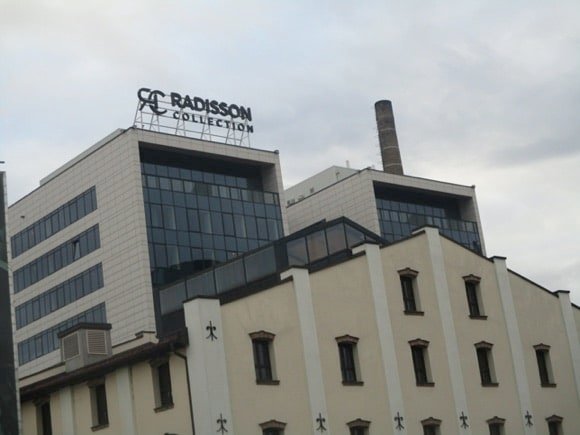
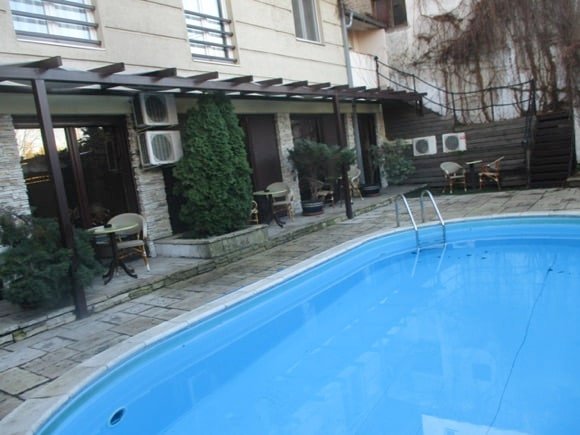

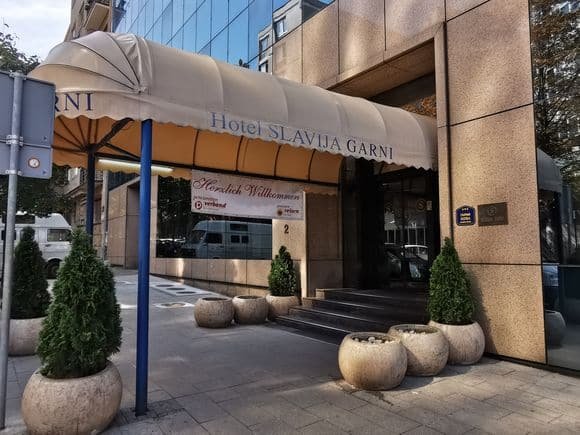
The Belgrade Tourist Office has no online details of the city’s many hotels but the office on Knez Mihailova or at the airport can provide information.
Further along Bulevar Oslobodjenja from the Red Star Stadium, the Hotel Vila Bulevar is a handy mid-range option containing a mix of rooms and apartments, with parking on-site and airport transfers.
More convenient for both Red Star and Partizan are the upscale Crystal Hotel Belgrade, its seventh-floor View Rooftop offering a spectacular panorama of St Sava Cathedral. and the Garni Hotel Zavučaj, an affordable but stylish lodging with its own restaurant and parking. The stadiums are walking distance, the city centre an easy hop.
The Hotel Slavija Garni (Svetog Sava 2, +381 11 308 4800) is also located between the city centre and the main two stadiums.
Close to the main train station of Beograd Centar but also handy for Partizan, the mid-range, friendly Vila Senjak offers a little pool in summer, tucked away in greenery. Staff are lovely and the weekend rates even more affordable. Nearby, the Radisson Collection Old Mill Belgrade fills the titular old mill with four-star rooms, a decent restaurant, gym and sauna.
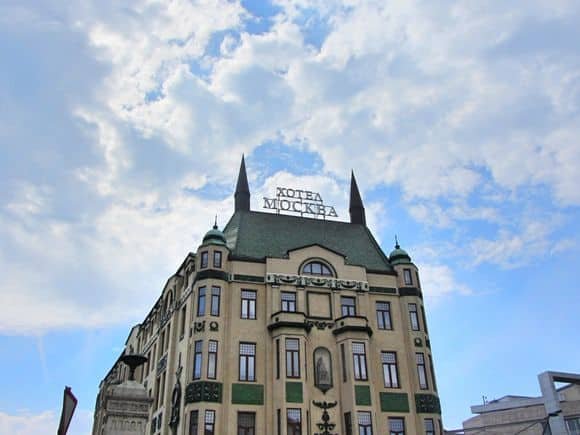


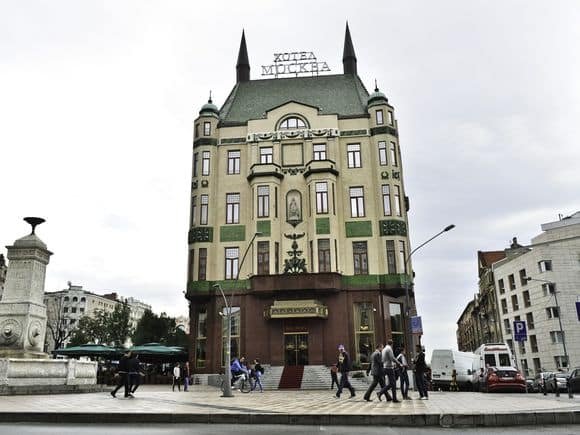
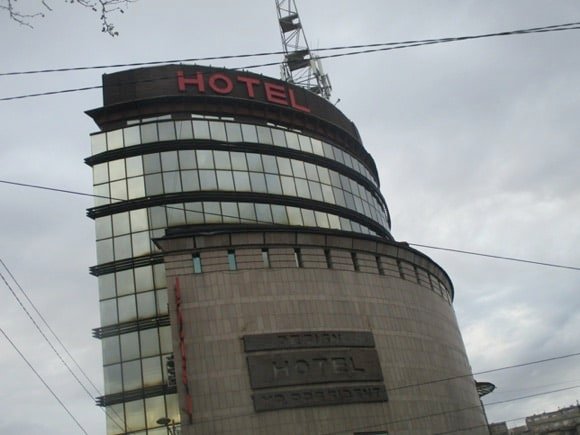
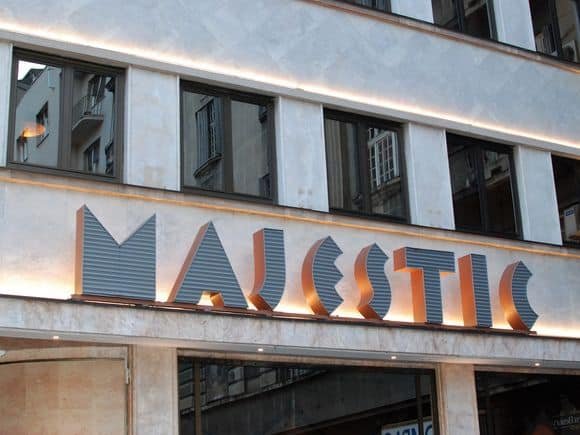
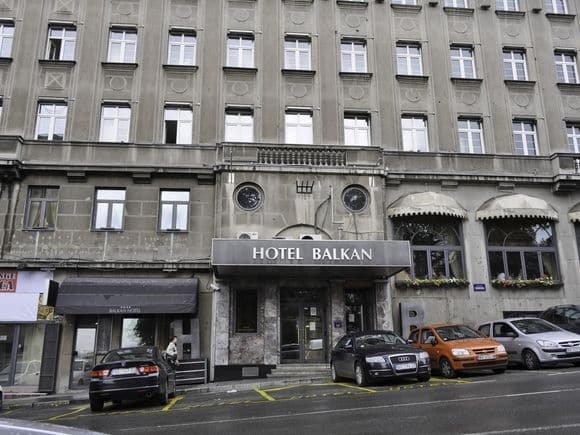
The city centre is full of historic hotels, linked to political upheaval, Balkan intrigue or Manchester United’s last fateful stay before the air disaster of 1958. While Busby’s team stayed at the Metropol Palace at Bulevar kralja Aleksandra 69, where a plaque was unveiled in 2023, their communal dinner at the Hotel Majestic inspired a long-established memorial there at Obilićev venac 28.
Other landmark hotels include the four-star Balkan, dating to 1860, the name of its restaurant, and once popular with travellers on the Orient Express; and alongside, the equally historic Hotel Moskva, whose café has welcomed Hollywood stars and world leaders. Opened by the king of Serbia in 1908, the Moskva now pampers its guests in a contemporary spa. Direct booking ensures relatively reasonable rates with breakfast and sauna access.
Where the main train station used to be and still convenient for town on Savski trg, the Belgrade City dates back to 1895 and owes its four-star status to a contemporary makeover. Nearby, Design Hotel Mr President showcases the work of Serbian artists and exudes quality throughout, from the sleek standard doubles to the penthouse suite adorned with a portrait of Marshall Tito.

